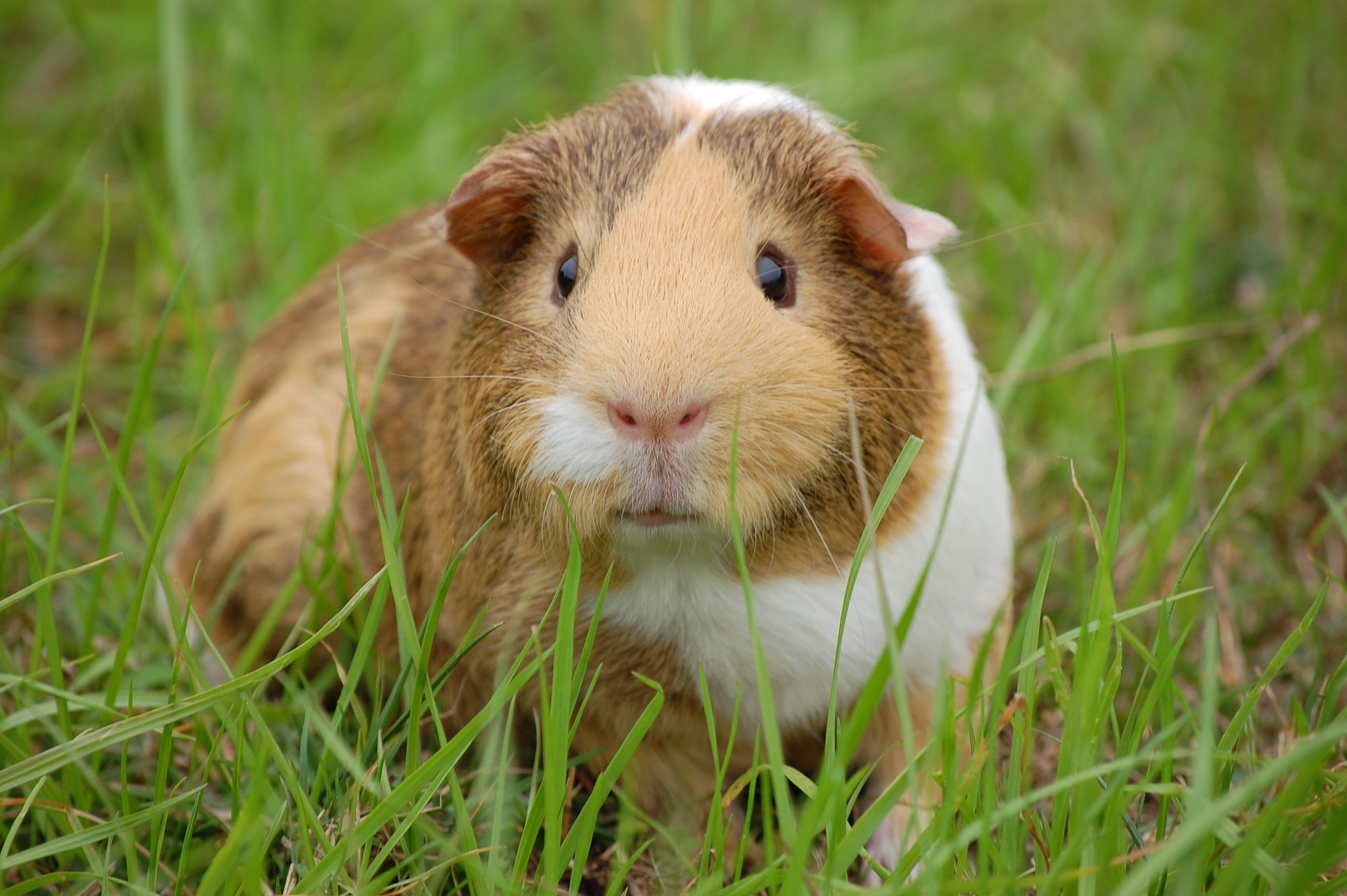The Remarkable World of Therapy Animals: A Deeper Look
The animal kingdom is filled with inspiring stories of resilience, adaptation, and the profound connections between humans and animals. Among these captivating narratives, the tale of therapy animals stands out, shedding light on the extraordinary capacity of animals to heal and comfort. This article delves into the intriguing world of therapy animals, tracing their history, discussing the latest trends, and exploring their significant impact on human lives.

A Historical Perspective: The Origin of Therapy Animals
The concept of therapy animals dates back to the ancient times when humans first discovered the therapeutic benefits of animals. The Greeks, Romans, and Egyptians, for example, recognized the healing power of animals and often included them in their medical practices. In the 17th century, therapy animals were introduced in mental institutions in England to help patients recover from their ailments. Since then, therapy animals have evolved significantly, becoming an integral part of modern healthcare systems around the world.
The Modern Landscape: Therapy Animals in Today’s World
In the current era, the use of therapy animals has expanded beyond the clinical setting. They are now employed in schools, nursing homes, prisons, and even in disaster-stricken areas to provide comfort and emotional support to individuals. Dogs, cats, rabbits, birds, and even miniature horses are among the animals commonly used for therapeutic purposes. According to recent studies, interaction with therapy animals can help reduce stress, improve mood, and enhance overall well-being.
The Impact of Therapy Animals: Beyond the Clinical Setting
The impact of therapy animals extends beyond their therapeutic benefits. They have also become an integral part of educational and rehabilitation programs. For instance, therapy dogs are often used in literacy programs to help children improve their reading skills. In prisons, therapy animals are used as part of rehabilitation programs to help inmates develop empathy and responsibility. The use of therapy animals in such diverse settings underscores their significant societal impact.
The Market Scope: The Growing Demand for Therapy Animals
With the increasing recognition of their benefits, the demand for therapy animals has surged. This has led to the emergence of a new market catering to the training and certification of therapy animals. While there is no standard price range for therapy animals, the cost can vary depending on the type of animal, the training required, and the certification process. Despite the costs, the market for therapy animals is expected to grow, reflecting their increasing popularity and acceptance.
The Future of Therapy Animals: A New Era of Healing
As we move forward, the role of therapy animals is set to evolve further. With ongoing research exploring the potential benefits of therapy animals in treating conditions like PTSD and autism, we can expect to see a wider application of therapy animals in the future. Such developments underscore the invaluable role of therapy animals, opening a new chapter in the remarkable story of human-animal relationships.
In conclusion, the world of therapy animals is a fascinating realm, reflecting the profound bond between humans and animals. As we continue to explore this world, we are reminded of the extraordinary capacity of animals to heal, comfort, and inspire. In the end, the story of therapy animals is not just about the therapeutic benefits they bring, but also about the enduring power of the human-animal connection.




